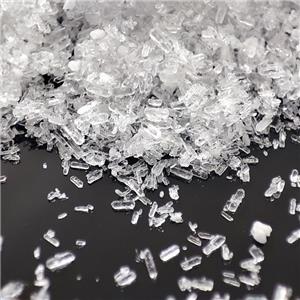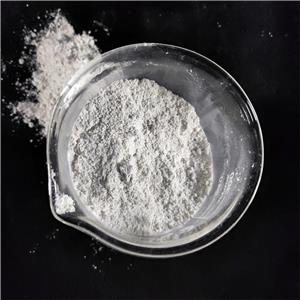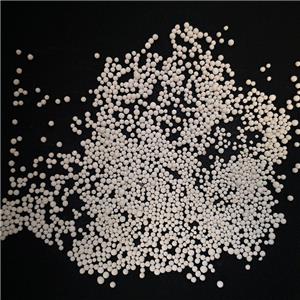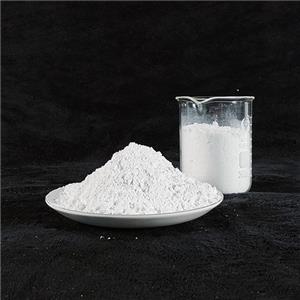What is the purpose of antimony trioxide?-1
The Purpose and Applications of Antimony Trioxide: A Comprehensive Overview
Introduction
Antimony trioxide (Sb₂O₃) is an industrially significant inorganic compound with a wide range of applications, particularly in flame retardancy, glass manufacturing, and chemical catalysis. This white crystalline powder is derived from antimony, a metalloid element found in nature primarily as stibnite (Sb₂S₃). Due to its unique chemical properties, Antimony trioxide for Flame-retardant is widely used in plastics, textiles, electronics, and specialty glass. This article provides an in-depth exploration of its key functions, industrial applications, and associated safety considerations.
1. Flame Retardant: The Primary Application
Mechanism of Action
Antimony trioxide for Flame-retardant is most renowned for its role as a synergistic flame retardant, particularly when combined with halogenated compounds (such as brominated or chlorinated flame retardants). When exposed to heat, the following reactions occur:
Halogen Release: The halogenated flame retardant releases hydrogen bromide (HBr) or hydrogen chloride (HCl).
Formation of Antimony Halides:Antimony trioxide for Flame-retardant reacts with these halides to produce antimony trihalides (SbX₃, where X = Br or Cl).
Flame Suppression: These antimony trioxide for Flame-retardant halides act as radical scavengers, interrupting the combustion cycle by removing high-energy free radicals (H· and OH·) that sustain flames.
This mechanism makes antimony trioxide highly effective in reducing flammability and slowing fire spread.
Key Industrial Applications
A. Plastics and Polymers
Electrical and Electronics: Antimony trioxide for plastic Used in PVC-insulated wires, cables, and circuit board housings to prevent fire hazards.
Automotive Industry: Antimony trioxide for plastic Incorporated into dashboards, seat covers, and insulation materials to meet fire safety standards.
Consumer Goods: Antimony trioxide for plastic Found in appliances, toys, and packaging materials where flame resistance is required.
B. Textiles and Upholstery
Fire-Resistant Fabrics: Used in curtains, carpets, and protective clothing for firefighters and industrial workers.
Military and Aerospace: Applied in aircraft interiors and military gear to enhance fire safety.
C. Rubber and Adhesives
Industrial Rubber Products: Enhances flame resistance in conveyor belts, gaskets, and seals.
Adhesives and Coatings: Added to fireproof coatings for construction materials.
2. Glass and Ceramics Manufacturing
A. Glass Production
Antimony trioxide for plastic serves as a fining agent in glass manufacturing, helping to eliminate gas bubbles and impurities during melting. Additionally, it acts as a decolorizer to neutralize iron impurities that cause greenish tints in glass.
CRT Glass (Old Monitors/TVs): Historically used in cathode ray tubes for televisions and monitors.
Optical Glass: Enhances clarity in lenses and specialty glassware.
Lead Crystal Glass: Improves brilliance and refractive properties.
B. Ceramics and Enamels
Opacifier: Provides a white, opaque finish in ceramic glazes and porcelain.
Enamel Coatings: Used in cookware, bathtubs, and industrial equipment for durability and aesthetic appeal.




